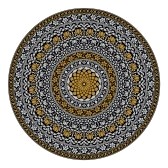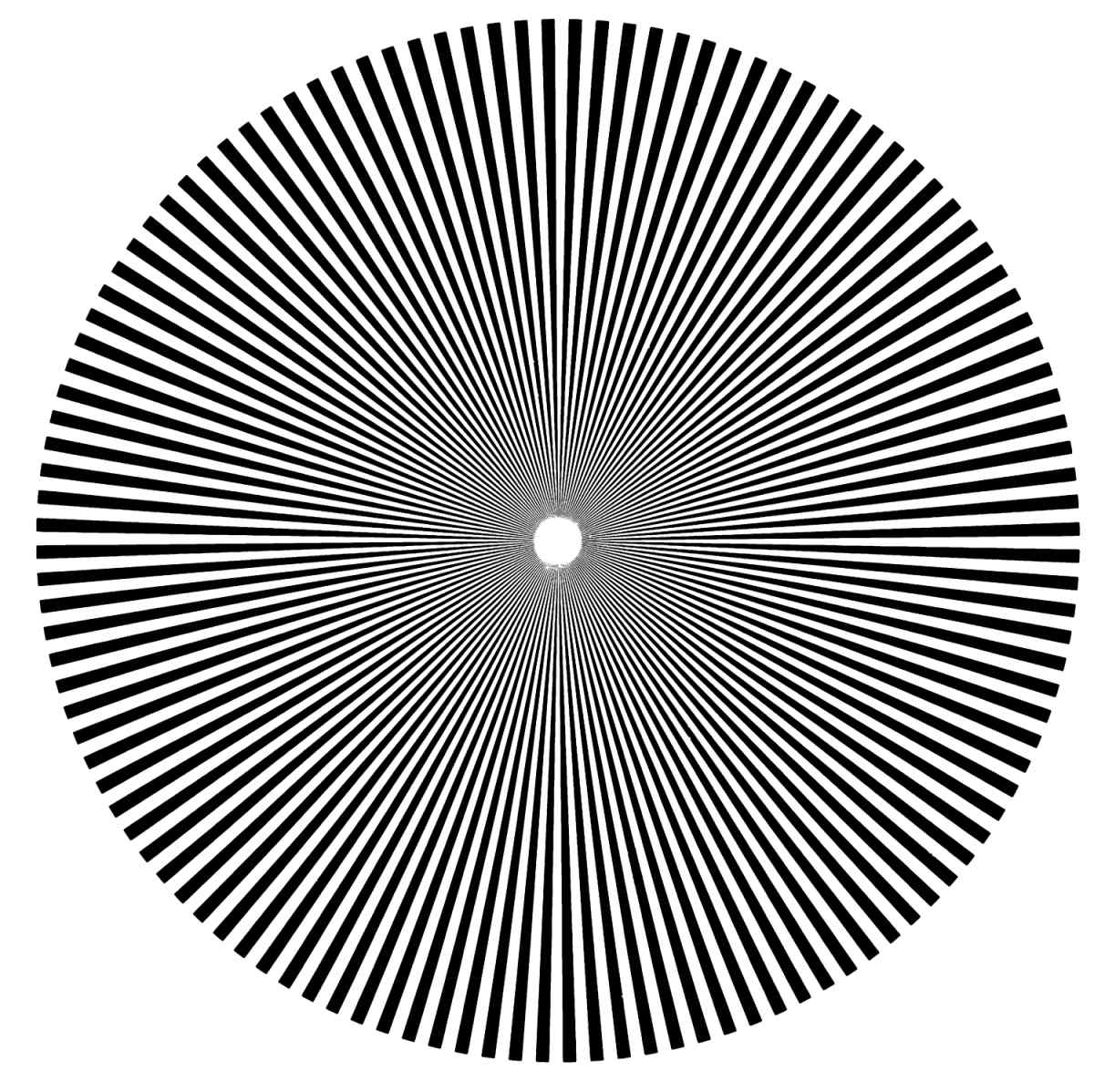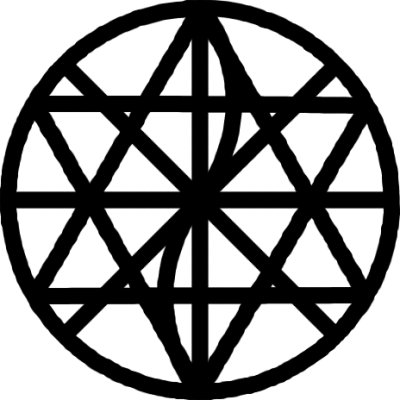 |
American Literature: Romanticism Sample Final Exams 2013 final exam assignment mid-length essay: course review |
 |
Norbert Hill
American Platform for the Modern Day Romantic
My reserves upon entering the course and taking a brief glance
(gasp rather) at the syllabus were what I believe now to be a premature
assumption of what the American Romanticist movement had to offer. As a child I
was not privy to an extensive amounts of books, in fact, I would steal books
from my white neighbors and read them at night when my grandmother would fall
asleep in her rocking chair watching television. Reflecting on my reading
experience, specific names such as Whitman, Poe, and Hawthorne do not escape me
as part of American literature, but to be honest I had no idea where they were
to reside in the great scheme of the American literary platform. In my
undergraduate studies I became familiar with the writings of African American
writers such as Douglass’s Narrative,
Chesnutt’s The Marrow of Tradition,
and my personal favorite Booker T. Washington’s
Up from Slavery. These authors
explained many of the feelings and experiences I had encountered as a child and
continue to struggle with as an adult. This course forced me to re-associate
myself with these authors, as well as many others, to rid my thoughts of the
mostly white representation of American Literature and remind myself of the
contributions African Americans have had in American Romanticism. Not to
contradict what I have discussed to be the highlights of this course, but I was
greatly intrigued with the involvement “white America” had in the cultivating
and/or changing of the African American Romantic platform. Readings of the
(post) modernists writers such as Fitzgerald, Hurston, and Cullen gave me much
insight as to possible ways to conclude those intrigues.
Just as I had hoped this course put most of my assumptions to
rest, in that it provided proof as to how the eras and influences in American
literature can be discussed. When referring to American authors, most would
register Fitzgerald as among the greats as Faulkner, Whitman, and Poe, leading
American Literature to new heights both domestically and internationally. But
what are we to make of writers such Hurston and Cullen? What were their
contributions and are we to place them among the greats in American literature?
These authors helped me to understand why studying modern writers are so
important, especially when your essential quest is to understand how the part
relates to the whole. American Romanticism has a unique quality in itself proven
to be a driving force in American literature, but also a canon for ideological
differences expressed through literature. When one speaks of ideological
differences they have no choice, but to refer the ideal of modernity and the
changes it has had on modern American writing. In addition, I found myself
obsessed at times with modernism in its attempts to make sense of politics,
spirituality, and human nature. What I have found to be astounding is the
authorship of writers such as Hurston and Cullen (African descent) to refer to
the Negro struggle, but shed light on the changes the political and social forum
had in America when considering race relations and literature.
Hurston took local color elements of the realist movement
blended it with the romantic elements such as desire and loss and created
Their Eyes Were Watching God.
Although not on the syllabus, I found connections in her piece
How it Feels to be Colored Me. Both
expressed the changes in American government in that African Americans were
making strides in the political forum to build cities of their own. Florida,
still heavily controlled by the whites during the late 1930’s, gave birth to a
“little Negro town” called Eatonville. Forced to adhere to white laws and ways
of life, the blacks had to think of ways to not piss off the powers that be and
create a power of their own. Novels and short stories such as Hurston’s gave way
for the modernist movement. Ideals were modified and many were changed to
rehabilitate American values of freedom and equality. Giving life to the African
American writer meant America would be giving birth to a new age of literature
as well.
Authors such as Hurston weren’t alone in this movement by no
means, but African American authors had to be selective in their approach to
changing ideals in American literature. Countee Cullen, African American poet,
took a different approach to the contributions the Negro would make to the
literary canon of modernism. While Hurston used satire and many romantic
qualities of nostalgia; Cullen used theories of existentialism, spirituality,
and Greek myths to tell the story of the African American and American. By
focusing on this approach, Cullen just as Booker T. Washington in
Up from Slavery was able to widen his
audience and cross social plains into a more ideological realm of literature.
To a certain extent I can say at times this class was
overwhelming, not because of the work load, but the wealth of possibilities of
growth I was able to experience as a reader and writer. I found it to be
difficult to take one approach. Do I take the familiar African American approach
or do I involve myself with the Anglo experience. Not in any way am I saying
this course dealt with only the “black and white” experience, but many of the
connections I was able to make came from those parties. The course was so
diverse, for it offered an extensive amount of readings of the Native American
and women’s contributions to the American Renaissance.
In addition, the course helped to clarify ideals of the tragic mulatto
and introduce new terms such as domesticity, sentimental, color codes, and
captivity novels.
In no way do I charge forward to explain modernist writing to
be paralleled with the American Romantic, but the similarities when tied to the
traditional ideals of human’s quest to change the world are all too similar.
Modernist writers such as Fitzgerald took classism and social taste and made it
a discussion amongst the American dinner table. Speculation of the realist
writer became more than self-contradicting attempts to understand the world.
Realism wanted to paint real pictures, but failed to understand the outcome it
could have on the anxiety America would face thereafter. Fitzgerald wanted his
readers to see the issues man would face when trying to replace the mistakes of
the past with materials. The Great Gatsby
represented Twentieth Century American literature as a movement towards closing
chapters and not fixing the past, but creating a better future. Jay Gatsby, a
self-made man, created a life out of materials and in the end people were slowly
replaced with the materials he collected. Daisy Miller in James’s
Daisy Miller also concentrated on the
materials she could acquire in men rather than what mankind could do to
compliment her in her quest to find a human existence. Although both characters
are using uncommon methods to gain recognition of its audience, they could
easily be considered realist characters. They strove for recognition, but were
faced with the complications that come with relying on materials as a way to
gain friendship and love. Americans were concerned with how they could tell
their stories rather than fixing them. Fiction provided a way and the modernist
writer gave the common American a way to enter the psyche of readers concerned
with the social, political, and spiritual aspects of a redeveloping country. The
American Renaissance was more than a factory producing the human perspective and
possible capabilities of social and political intellect. From the sermons of
Jonathan Edwards to the sinners during the pre-Renaissance era in American
literature to the modernist writers need to show the world the old can be new if
seen through a clear lens, writers such as Fitzgerald, Hurston, and Cullen were
great additions I believe to the course readings. Each author provided various
perspectives all while capitalizing on the American Renaissance quest to express
the struggles of American life.
Is it time to make shameless plugs as to what I believe to be
a great addition to the course reading for future sections of the American
Renaissance? In my research this semester I have come to realize W.E.B Dubois
and Booker T. Washington’s contributions to American literature. Both authors
had very different approaches to expressing the Negro story, but both were
successful in expressing the oppressed. Many times they are over shadowed by
authors such as Langston Hughes Harlem swagger and Charles Chesnutt local color.
Even Chesnutt’s contributions were more than just local color. Maybe give more
selections from these writers to enhance the students understanding of how
realism transferred so easily into the Regionalism era. Not to complain but I
sometimes myself looking forward to next week’s readings. Your timing and your
placement of each text was right on. I found studying art and music helped to
understand the literature as well. I believe that aspect of the course worked
well. I will probably always sing the praises of many of the writers you
selected this semester, but I have to say most of them I have heard of or read
prior to the course. Now, did I understand them all; that’s another discussion
for another time, but maybe add some authors most wouldn’t think to make a huge
impact. I have never read any Melville except
Moby Dick. Henry James is one of my
favorites; I would love to read more of him.
Granted this course has many directions it could have taken,
but all-in-all I believe you made the American Renaissance experience one to
remember. I learned more by reading many short readings than I would have
reading all of these novels and selections in the entirety. As mentioned
earlier, I have always concerned myself with how the part relates to the whole.
Having taken this course I can say I am much more knowledgeable about the
contributions of the modernist movement, but most of all how the American
Romantic era in literature did not die when a new era rose, but simply redefined
and enhanced what was already there.
|
|
|
|


